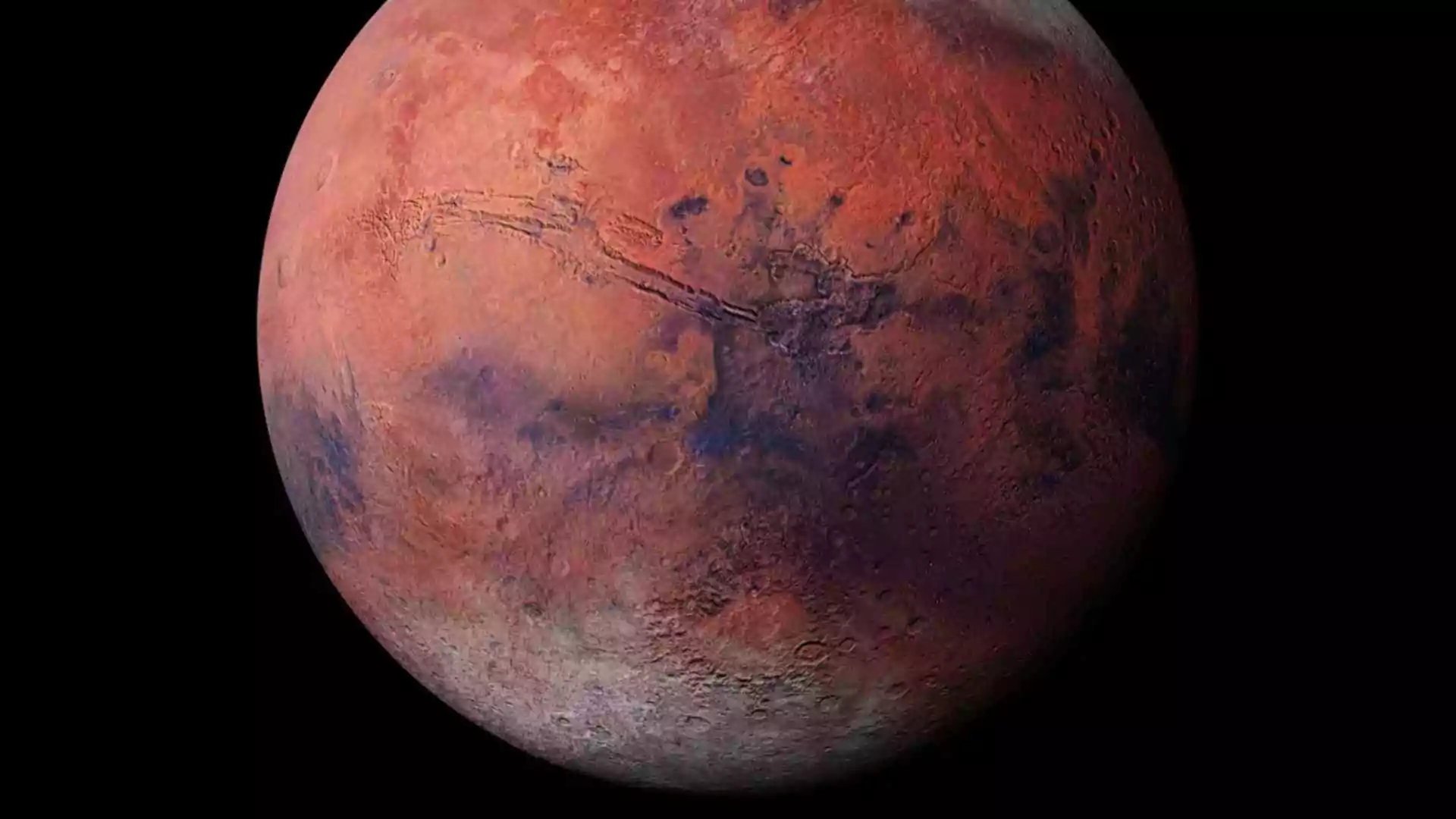A new scientific study has revealed a significant challenge for humanity’s dream of sending astronauts to Mars—dangerous dust. Researchers warn that the fine, sticky particles covering the red planet could pose serious health risks to future explorers. The findings, published in the journal GeoHealth, indicate that Martian dust could complicate manned missions, drawing unsettling comparisons to the health struggles experienced by astronauts during NASA’s Apollo Moon missions.
The study was released just as NASA’s Curiosity rover detected the largest organic compounds ever found on Mars. While this discovery raises hopes of uncovering evidence of ancient life, the dust problem shifts the focus to a more urgent concern—keeping astronauts safe during long-duration missions.
How Martian Dust Poses a Threat
Unlike lunar dust, which was rough and abrasive, Martian dust is finer and much more adhesive. These tiny particles measure about 4% the width of a human hair, making them small enough to penetrate deep into the lungs and even enter the bloodstream. The real danger, however, lies in their composition. Martian dust contains toxic substances such as silica, gypsum, and various metals, which could severely impact human health.
For astronauts, short-term exposure could cause symptoms like coughing, irritated eyes, and sore throats—similar to what Apollo astronauts experienced after tracking lunar dust into their landers. But the long-term effects are even more concerning. Prolonged inhalation of these toxic particles could lead to chronic respiratory issues and other severe health conditions.
Long-Term Risks for Mars Explorers
One of the biggest differences between lunar and Martian missions is the time astronauts would spend on the surface. Apollo crews returned home within a week, but Mars explorers would be stuck millions of miles away for months or even years. If dust-related health problems arise, astronauts won’t have the luxury of immediate medical attention. Additionally, with a 40-minute communication delay between Mars and Earth, real-time medical advice from ground control would be difficult to obtain.
This level of isolation makes it crucial to address the dust problem before humans set foot on the planet. Scientists emphasize that without proper protective measures, the risks of long-term exposure could jeopardize the success of Mars missions.
Protective Measures for Astronaut Safety
To counteract these dangers, the study stresses the need for high-tech protective gear, including advanced space suits and highly efficient air filtration systems. Engineers and scientists are already exploring innovative solutions, such as self-cleaning materials for spacesuits and dust-repellent airlocks, to minimize the risk of exposure.
NASA and other space agencies are working on ways to simulate Martian dust conditions on Earth to test potential solutions. The hope is that by developing advanced protective equipment, astronauts will be able to safely explore the Martian surface without compromising their health.
Balancing Exploration and Safety
As excitement grows over the possibility of human exploration on Mars, this study serves as a reminder of the many challenges that come with interplanetary travel. While the discovery of organic compounds on Mars fuels scientific curiosity, the immediate focus must be on keeping astronauts safe from the planet’s harsh environment.
With the right preparation, advanced technology, and protective measures, space agencies can overcome the threat of toxic dust, bringing humanity one step closer to making the dream of Mars exploration a reality.






















